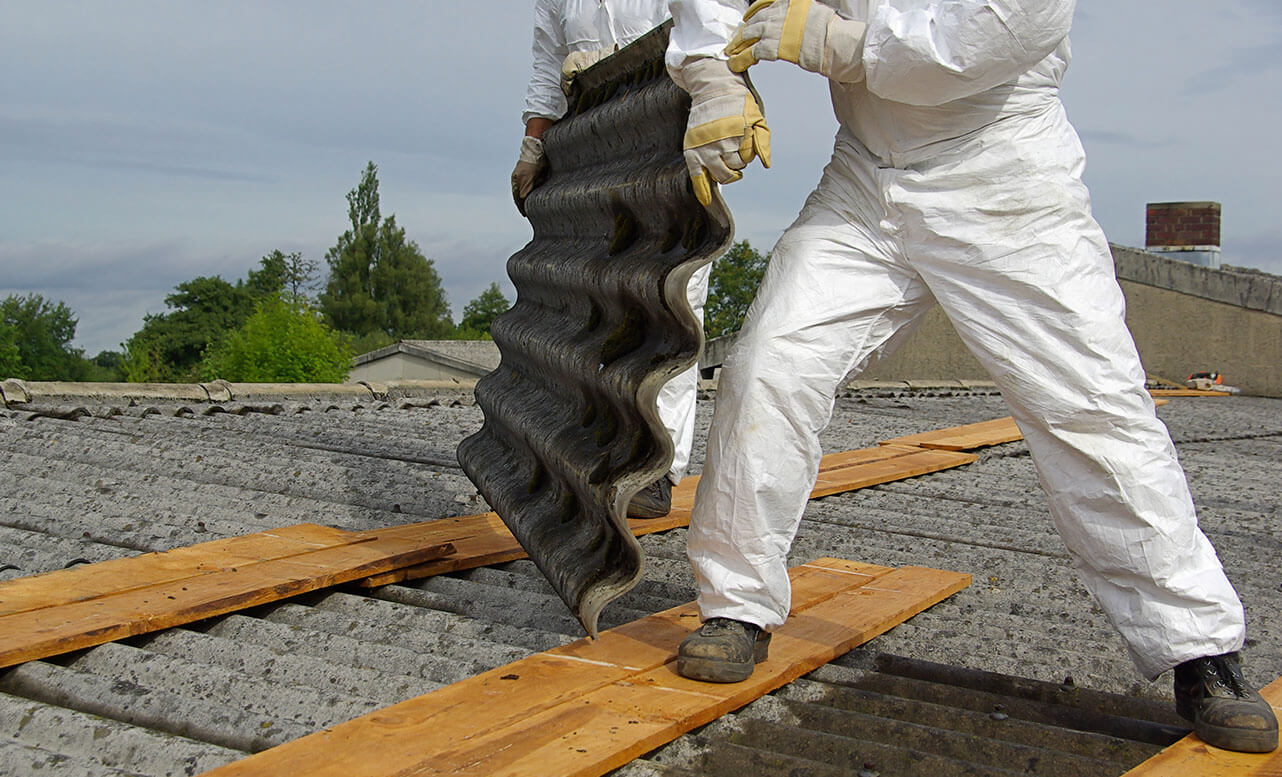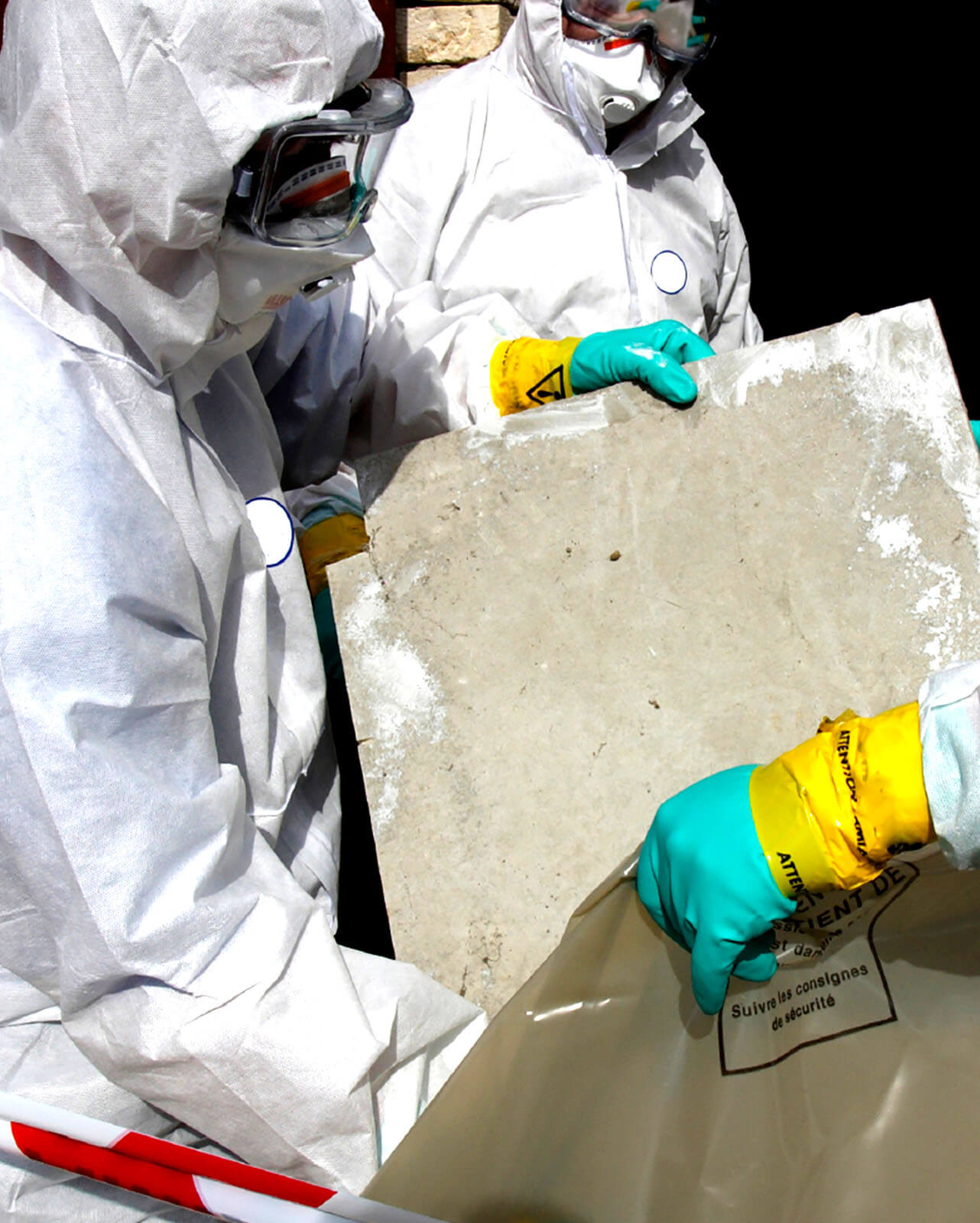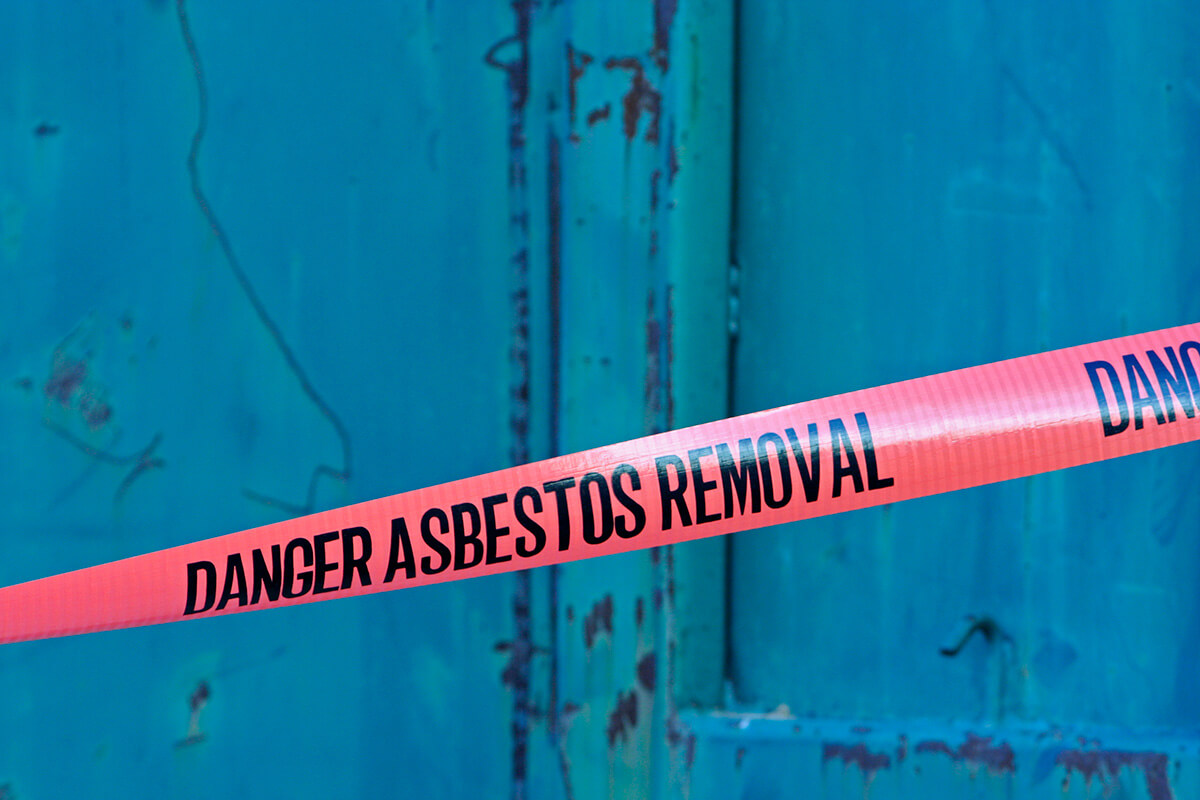Asbestos Removal

Asbestos Removal
From the 1950s to the early 1980s, hazardous Asbestos Containing Materials (ACM) were used extensively within buildings, equipment, ships, trains and vehicles across Australia. As a result, on December 31 2003, a complete ban on the import and use of asbestos came into force.
As a guide, homes built from the year 1988 onwards should be asbestos free, while homes built before 1984 may contain a significant number of Asbestos Containing Materials.
Asbestos Products found Around the Home
Asbestos can be loosely or firmly bound in building materials in older homes. Additionally, loose asbestos fibres can become easily airborne and inhaled by occupants at the property.
Comparatively, in Australia, most homes contain firmly bound asbestos. Firmly bound Asbestos usually does not pose a threat to health, so long as the asbestos remains undamaged and intact.
Common Asbestos Containing Materials are:
- Exterior fibre cement cladding (Fibro) and weather boards (pre 1984)
- Roof tiles
- Artificial brick cladding
- Flexible building boards – eave linings, bathroom linings, cement tile underlay
- All corrugated cement roofing
- Flue pipes
- Architectural cement pipe columns
- Texture paint
- Vinyl floor tiles or coverings
- Asbestos cement water pipes
- Mill board linings of switchboards
- Sprayed Insulation – Acoustic walls, beams and ceilings

Asbestos Removal
Due to the nature of assbestos, the removal of ACM is a high risk job. Exposure to airborne, loose asbestos fibres that once inhaled, may become lodged in the respiratory system and cause a myriad of serious illnesses, including cancer (mesothelioma).
A high degree of control is therefore essential during the removal of Asbestos Containing Material (ACM). Licensed removalists and bystanders within the asbestos work area need to be wearing Personal Protective Equipment (PPE). This minimises the risk of exposure, while ensuring that no asbestos contamination occurs outside the asbestos work area.
The work practices and precautions needed for the removal of Asbestos Containing Material (ACM) vary considerably, depending on the type of ACM involved, the conditions and location.

Asbestos Licence
Bonded Asbestos Removal – for the removal of 10m2 (square meters) or more of bonded asbestos and can only be carried out by the holder of a class “B” licence. This licence is issued to applicants who can demonstrate they are familiar with the practices and procedures required for removing bonded asbestos set out in the asbestos removal code.
A person carrying out the removal of bonded asbestos is not required to hold a “B” class licence if the person is directly supervised by an “A” Class license holder.
Note: Although an individual does not need to hold a “B” class licence for the removal of bonded asbestos under 10m2, this doesn’t mean that asbestos containing material is any safer to remove or the exposure to deadly airborne fibres does not exist.
More Juvenaire Information
Learn More
Juvenaire, as part of our overall restoration service, includes the cleaning and restoration of contents. Juvenaire has invested heavily in state of the art equipment; the Esporta Wash System and the Fireline Ultrasonics Processing Plant. They efficiently and effectively restore Water, Fire and Sewage affected contents previously deemed unrestorable.
As part of Juvenaire’s contents restoration service, we have integrated a Contents Management System and Pack-out System, complementing our established processes. This made our processes extremely efficient allowing Juvenaire to save time, money and provide the highest quality reporting.
Learn More
From the 1950s to the early 1980s, buildings, equipment, ships, trains and vehicles were constructed using asbestos. As a result, on December 31 2003, a complete ban on the import and use of asbestos came into force.
As a guide, homes built from the year 1988 onwards should be asbestos free, while homes built before 1984 may contain a significant number of Asbestos Containing Materials.
Learn More
Juvenaire has the capabilities to remove contaminates quickly and safely. Juvenaire’s technicians can remove deep stains from most internal and external surfaces, without the need to use aggressive chemicals.
Our chemicals are environmentally sustainable and bio–degradable, therefore can go into storm water systems having no effect on the environment.
Learn More
Juvenaire offers a secure contents storage service, to protect your contents. Pack-outs are inventoried and stored within a high security storage facility.
This system gives our technicians time to sort through contents thoroughly, organising contents according to ‘clean’, ‘restorable’, ‘repairable’ and ‘disposable’.
Learn More
Juvenaire has extensive experience with odour and can improvise solutions to tackle even the most challenging cases. No matter how strong or weak the odour, Juvenaire can remove it.
Odour is interpreted by sensation, experience, knowledge and suggestion. There are two types of odours, “real-odour” a pure sensation of smell transmitted to the olfactory lobe by the olfactory nerve and “psycological odour or heightened awareness odour” that people think they smell based on experience, suggestion and past experience. The latter si the most difficult odour to address for the restoration technician.
Learn More
No job is too big or small for Juvenaire. Qualified technicians trained in the most efficient clean up and recovery methods to make the job hassle free. We will leave the property clean, safe and feeling like a home again.
Our hoarding clean up service is more than just a disposal service. Our technicians will help you sort your contents, making sure to recover all valuable items including documents, photographs and sentimental items that may have been lost in the clutter.
